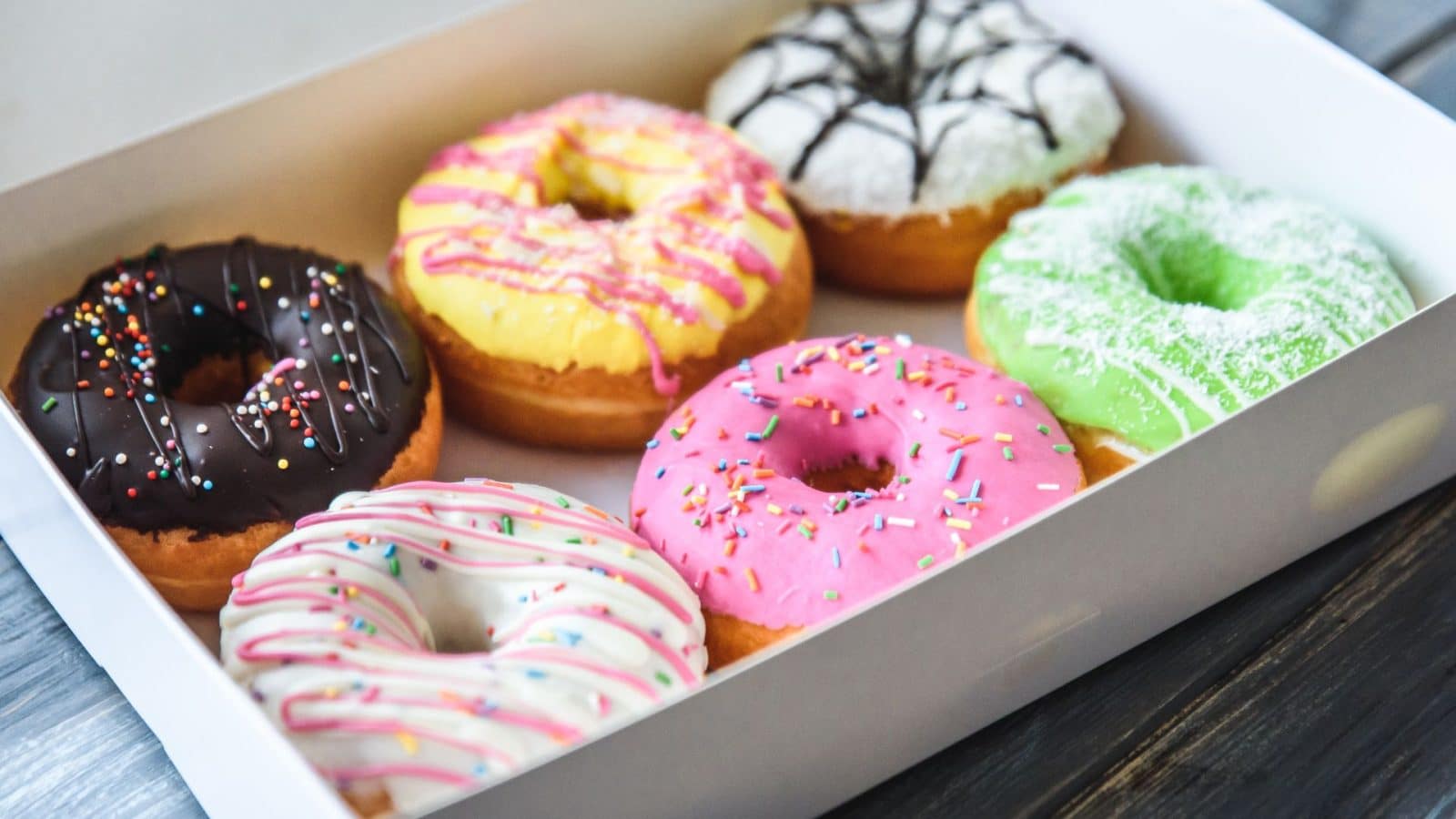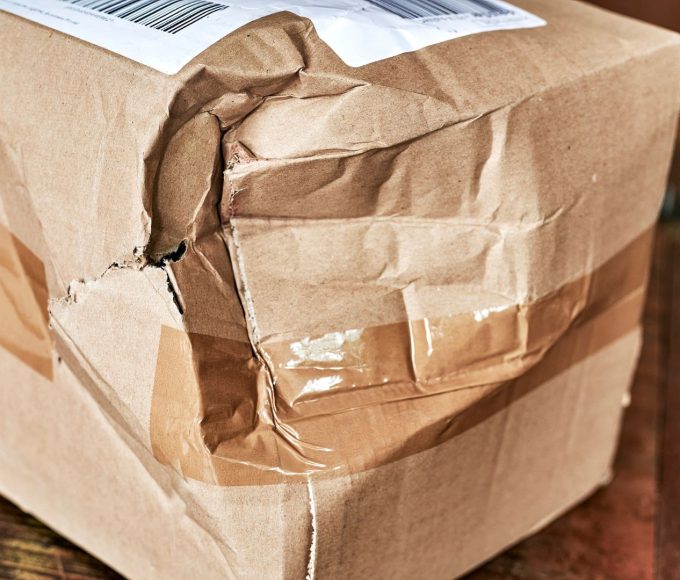Effective food packaging plays a crucial role in preserving the quality, safety, and appeal of food products. Without the right packaging, food businesses face risks such as product contamination, wasted resources, and a lost competitive edge. The good news? These challenges come with practical solutions. Here’s a closer look at the most common food packaging challenges and actionable tips to tackle them.
Maintaining Food Safety and Freshness
Maintaining food safety and freshness is a top priority for any food business. Poor packaging materials or techniques can lead to contamination, spoilage, and customer dissatisfaction. Using high-quality, food-grade materials solves this issue and works as the foundation for maintaining product integrity. Materials like stretch wrap help the food industry ensure sanitation during transport, limiting exposure to harmful elements such as bacteria or moisture. Implementing vacuum sealing or oxygen-absorbing packs also extends freshness while maintaining the food’s natural taste.
Balancing Cost and Quality
Striking the right balance between affordability and quality can feel like walking a tightrope, especially for small and growing businesses. Cutting corners on packaging costs may save money upfront, but it can lead to lost customers over time. To overcome this challenge, work closely with suppliers to secure the best prices on high-quality materials. Consider placing bulk orders to take advantage of discounts and ultimately reduce costs. Always review your budget and explore creative ways to maximize resources without compromising packaging quality.
Addressing Environmental Concerns and Sustainability
With heightened awareness about environmental damage, customers expect brands to use eco-friendly packaging. Non-biodegradable materials are under growing scrutiny, making sustainability a challenge that food businesses can no longer ignore. Switching to recyclable, sustainable materials like biodegradable plastics or paper-based solutions helps reduce your environmental footprint. Highlight your packaging choices on your products by using labels or marketing initiatives that demonstrate your commitment to sustainability. This approach strengthens your brand image and appeals to conscious consumers.
Capturing Attention on the Shelf
In a crowded marketplace, attractive packaging can make or break a product. Standing out on the shelf demands innovative designs that catch the eye and resonate with buyers. Investing in creative branding and design instantly elevates your product’s appeal. Use bold colors, clear fonts, and modern graphics to create a memorable look that reflects your brand’s identity. Collaborating with experienced package designers or conducting market research ensures your packaging speaks to your target audience and differentiates you from competitors.
Meeting Regulatory Requirements
Food packaging must comply with strict regulations to avoid legal issues and maintain consumer trust. These guidelines cover everything from proper labeling to material safety and nutritional information. Stay informed about industry requirements by regularly reviewing regulations in your operating region. Being proactive in maintaining compliance helps build customer confidence and prevents costly mistakes. Partnering with expert consultants or taking relevant training on packaging standards also keeps you ahead of regulatory changes.
Food packaging influences customer satisfaction, brand perception, and long-term growth. By addressing the above food packaging challenges, food businesses can remain competitive in a demanding market. Don’t overlook the impact of engaging designs to draw customers to your products. Start rethinking your packaging strategy today to deliver better results for your business and delight your customers.
Recommended: The Advantages of Packaging Goods in Sleeve Boxes















